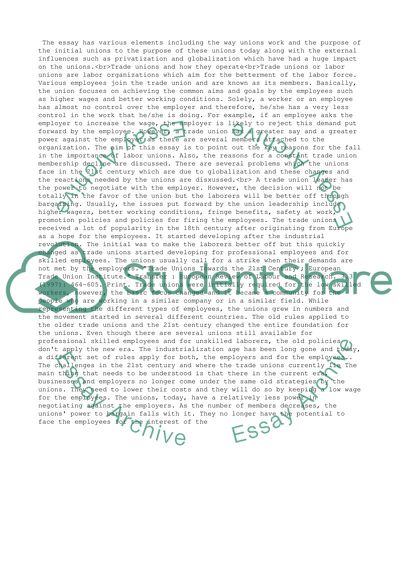Cite this document
(“The challenges in the 21st century and where the trade unions Essay”, n.d.)
Retrieved from https://studentshare.org/business/1393011-the-challenges-in-the-21st-century-and-where-the-trade-unions-currently-lie
Retrieved from https://studentshare.org/business/1393011-the-challenges-in-the-21st-century-and-where-the-trade-unions-currently-lie
(The Challenges in the 21st Century and Where the Trade Unions Essay)
https://studentshare.org/business/1393011-the-challenges-in-the-21st-century-and-where-the-trade-unions-currently-lie.
https://studentshare.org/business/1393011-the-challenges-in-the-21st-century-and-where-the-trade-unions-currently-lie.
“The Challenges in the 21st Century and Where the Trade Unions Essay”, n.d. https://studentshare.org/business/1393011-the-challenges-in-the-21st-century-and-where-the-trade-unions-currently-lie.


